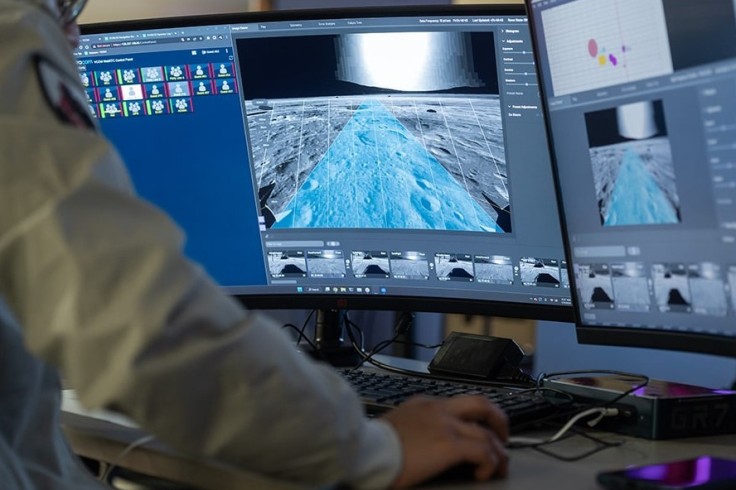The United States has been studying and exploring the moon for decades, and while they have already sent rovers to the Moon, they have not launched an autonomous one. In fact, college students from Carnegie Mellon University will be the first to do that.

College Students Create a Lunar Robotic Rover
The students from the university are set to send the rover to roam the Moon's surface by May, which is a year earlier than NASA's estimated date of launch for their own autonomous moon rover. Originally, it was supposed to launch in early 2021 or late 2022, reports say.
The first robotic rover is the product of a group of college students with the help of faculty members and alumni from Carnegie Mellon University in Pennsylvania. What's called the "Iris" rover took three years before the team finished building it, according to Space.
Since the college doesn't have the means to send the rover to the Moon itself, NASA's Commercial Lunar Payload Services (CLPS) program will assist with the launch. This marks not only the first robotic lunar rover but also the first one made by college students.
A research associate at Carnegie Mellon University, Raewyn Duvall stated that hundreds of students poured thousands of hours into the robotic lunar rover and that they have worked years toward the mission.
The spacecraft is 4.4 pounds in weight and has a chassis the size of a shoebox. Its wheels are made of carbon fiber that is about an inch in size. In a span of 60 hours, the rover will capture images of the moon's surface so its geography can be studied.
The college team also intends to send a time capsule called MoonArk, which holds various human items and literary works like poems, as well as music photos, and other small objects. It is said to be something that will be "moving" to people "1,000 years down the road."
The MoonArk will board the United Launch Alliance's Vulcan Centaur rocket, which will be sent to the lunar surface by the space company based in Pittsburgh, using its Peregrine lander. The launch will be on May 4th, from the Cape Canaveral Space Force Station in Florida.
NASA's Lunar Rover 'VIPER'
VIPER, which is short for Volatiles Investigating Polar Exploration Rover, is a mobile robot that will explore the Moon's South Pole. It aims to view the location and determine the concentration of the water ice that could be harvested.
The water may be able to sustain human exploration when we reach the Moon, Mars, or any other bodies in space. VIPER, after delays, is set to be launched by late 2024, which will also board NASA's Commercial Lunar Payload Services program.
The delay is due to NASA's request to Astrobotic for further ground testing of its Griffin moon lander, which is the spacecraft tasked to deliver the VIPER rover. The test, which ensures the reduction of risks during the delivery, cost NASA an additional $67.8 million.









